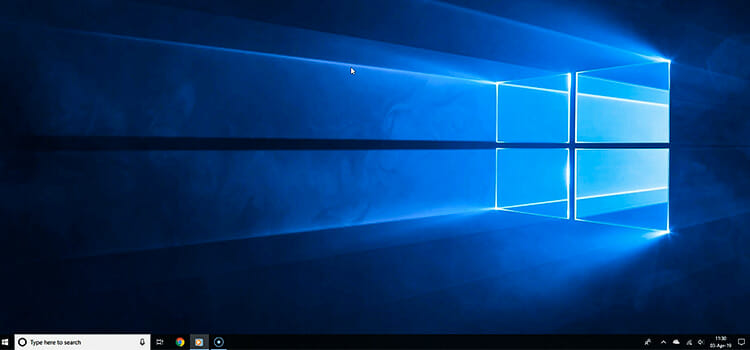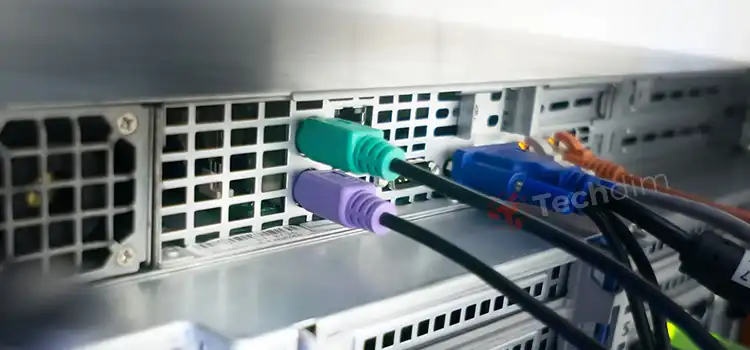Do LED TVs Get Hot? | Read to Find Out
TVs which were old-fashioned Cathode Ray Tube, had to warm because electrons were only released while the Cathode emitter heated up. These TVs fired electrons at a phosphorous screen. But LED TVs emit lights almost randomly when you turn on your TV. In general, LED TVs are LCD TVs with an LED backlight.
However, people need to find out the exact situation, and they ask that, do LED TVs get hot or not. If you have a question in mind, you are in the right place. The answer is, LED TVs don’t get hot. But the TVs can get warm in regular operation. Now I’m going to share them with your answer briefly.

Is It possible for LED TVs to Get Hot?
I’ve already been told that LED TVs don’t get hot. Your LED backlight is part of your TV responsible for producing the most temperature. Though your LED TVs can’t emit any infrared in the light beam they produce, the LED fixture has heat for the inefficiencies in the semiconductor process that produces the light.
Besides, when an LED TV is an edge-lit display, it is easy to feel the coming heat from the top, bottom, or sides of that TV. This temperature can be noticeable now that TVs are getting thinner. The bottom line is that the TVs can get hotter when you watch your LED TVs for a while. But the thing is that LED TVs never be so hot to the touch. Moreover, your LED TVs and no TVs will be hot enough to eat in a room.
Sometimes you think your LED TVs need to be fixed in cold weather. But this conception is fully wrong. Any LED TV can work in cold weather. But it would help if you remembered that too much cold could affect your LED TVs. Again, manufacturers tell you that you should operate your LED TVs within certain temperature limits. Generally, the temperature should be between 50 degrees Fahrenheit and 104 degrees Fahrenheit.
However, in cold weather, the Display of your LED TVs becomes sluggish, which causes the lagging of response times and gradual slowing. And this happens because the molecules in liquid crystal display slow down as the heat drops.
But if your LED TV gets overheated sometimes, you can fix it easily. You must ensure your TV has sufficient ventilation to prevent overheating. Again, it would help if you changed the picture mode from vivid to standard. Moreover, you can reduce the brightness of your TV to reduce power consumption and generate less heat. For more information, you can watch a video. So, I’m sending you a video link on fixing your overheated TVs.
Frequently Asked Questions and Answers
How Long Should I Wait to Turn on My Cold LED TV?
You can turn on your cold LED TV instantly. But you can face some issues with condensation. When your cold led tv has been stored in a place where heat is lower than where you want to put it, the warm air may cause condensation on the electronic components inside the LED TV. You can wait at least 24 hours after your TV has come up to your room temperature. This idea can prevent damage to your TV.
What Is the Ideal Temperature for My LED TV?
There is no ideal temperature for an LED TV. The ideal temperature range for your LED TV varies depending on the manufacturer. But according to experts, LED TVs range between 50 degrees Fahrenheit to 104 degrees Fahrenheit. So, you can use your LED TV between 32 degrees to 104 degrees Fahrenheit.
Can Direct Sunlight Affect My LED TV?
Yes, direct sunlight may damage your LCD by interfering with the alignment and orientation of the liquid crystals. Even prolonged can also damage your LCD display. Moreover, direct sunlight can cause dark spots on your LED TV over time. But under natural conditions where the sun shines on your TV, it is unlikely to cause any lasting damage.
How Long Should My LED TV Be on a Day?
By analyzing the data, experts found that those with the lowest overall health risks viewed TV for 2 hours or less per day. The experts estimated that 6 percent of all deaths were associated with TV viewing time. Not only this but also 8 percent of cardiovascular deaths were associated with viewing a TV.
Conclusion
Sometimes people think there is no need to arrange ventilation for LED TVs. But the real thing is that you need to arrange ventilation for the LED TVs. It will help if you put your LED TVs in areas that are well-ventilated to prevent them from any damage due to overheating. It would help if you remembered that this does not apply to LED televisions but also to all electronic products.
However, it is possible to reduce.
Subscribe to our newsletter
& plug into
the world of technology





